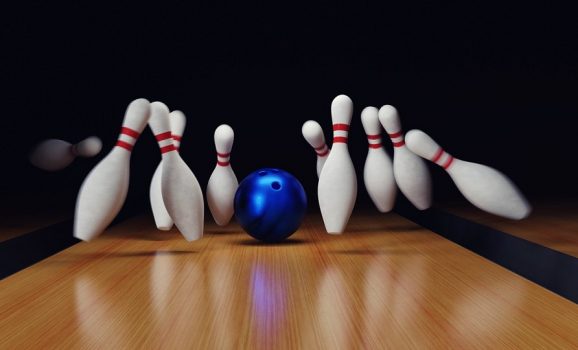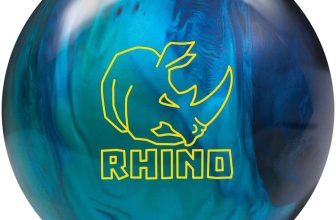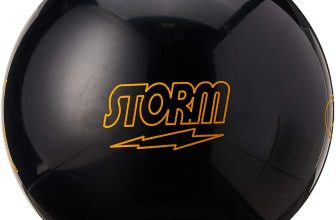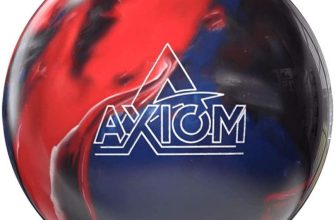Most intermediate bowlers prefer urethane bowling balls due to their ability to act predictably while rolling. To master your skill level, we will observe the properties and the best place for urethane bowling balls.
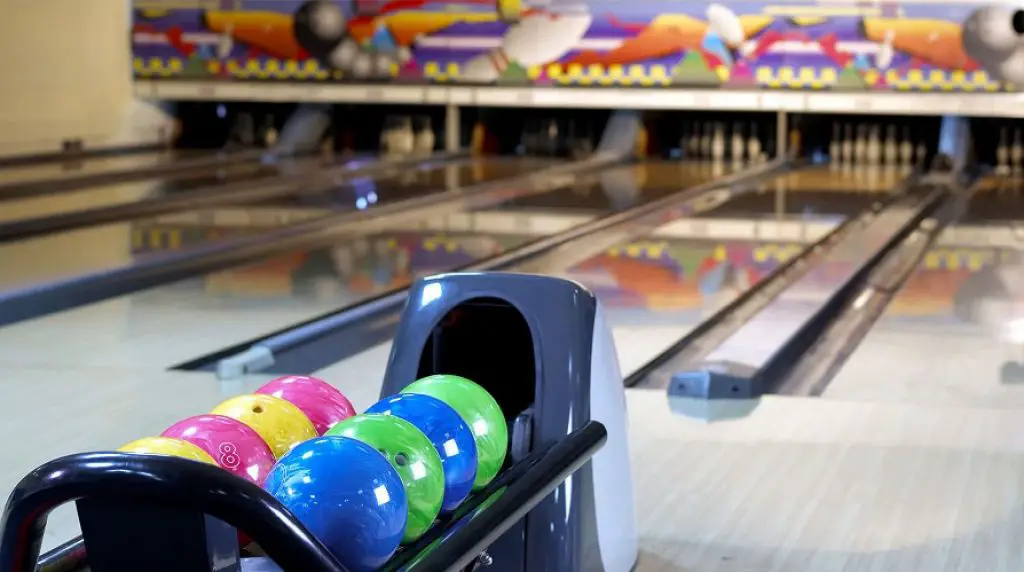
Want to skip ahead to a particular section?
What an urethane bowling ball is
Urethane coverstock launched on the global market in the 1970s, and since that time it has occupied the bowling scene as well. Since that time, its popularity had grown due to some factors.
The producers decided to employ an outer cover with urethane to create a sample close to reactive resin balls, the only difference is that reactive bowling balls are made of an updated version of polyurethane to perform better lane friction. And the urea ball is the best for total control and doubtless predictability.
Urethane bowling vehicle is produced from a more durable and hard material than traditional rubber bowling balls.
Thanks to their lower friction coefficient they perform a brilliant ability to move faster and further down the surface leading to pin strikes.
If a bowler brings a new urethane bowling ball, it means he is ready to start the new stage of dominating the lane. Throwback balls are suitable for any bowlers. And it is a relatively low price, affordable for most players.
Advanced reactive resin bowling balls are the most popular and dominate the high-performance players’ bags. But there are still a lot of amateurs of a solid urea ball with its increased resistance on the lanes and such much-desired hook to demolish pins. So, the urethane bowling balls tend are likely coming back!
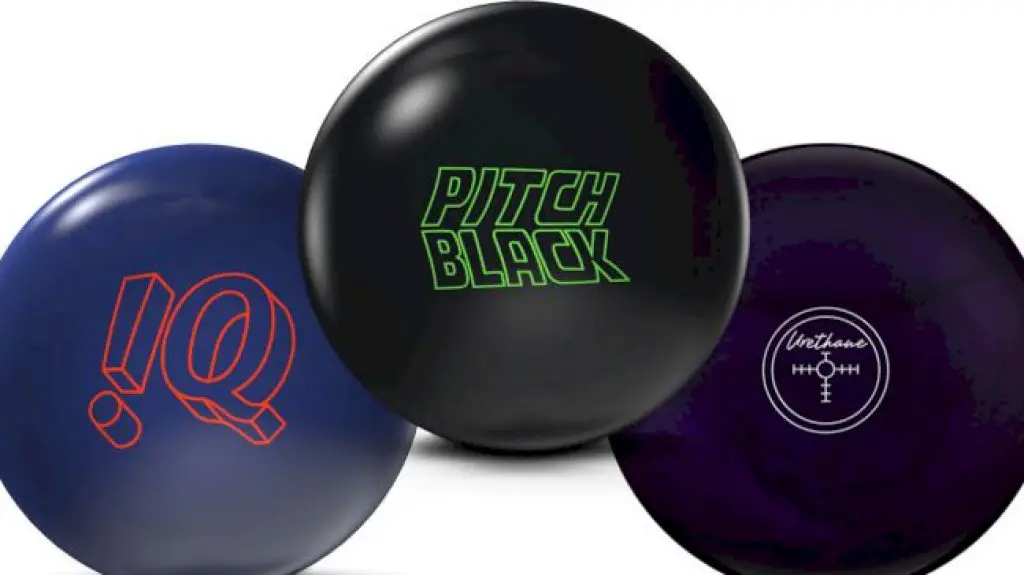
What is an urethane bowling ball good for?
Urethane balls have a lot of advantages to be chosen. They provide bowlers more control over the whole lane, as they are responsive to act. Urethane bowling balls give little curves and direct shots with their hard weight and durability. Hook potential, hook variance, and back-end reaction are best developed on dry lanes in a highly predictable manner.
Outer coverstock
The polyurethane cover is hard, durable, and shiny with a low coefficient of friction that allows sliding further along the bowling alley. Urethane is a preferable coverstock to be used even on oil surfaces, as an urethane bowling ball has oil resistance and absorbs neither water nor grease.
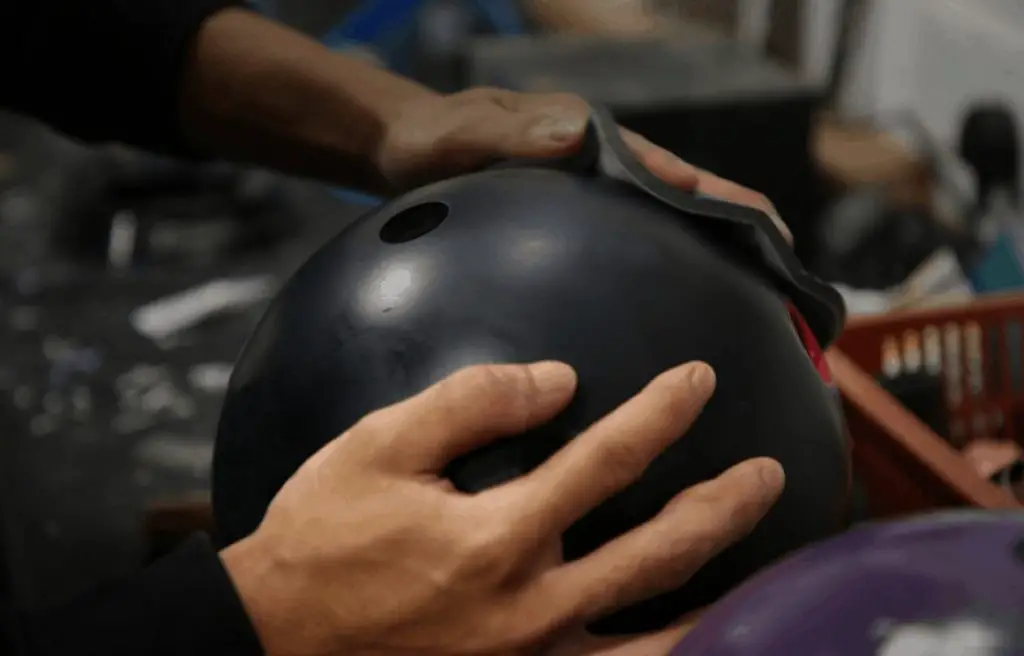
Performance
Advanced players know how to demonstrate the maximum attractive action with urethane bowling balls, especially on superior dry lanes. A dry, wooden and long lane helps to perform throws to surprise competitive bowlers. The urethane bowling balls can be a genuine weapon in skilled hands.
Thanks to its low surface friction, the urethane ball provides more consistent reaction, feedback, and availability for various motions as a bowling ball rolls more freely along drier surface conditions to get more points.
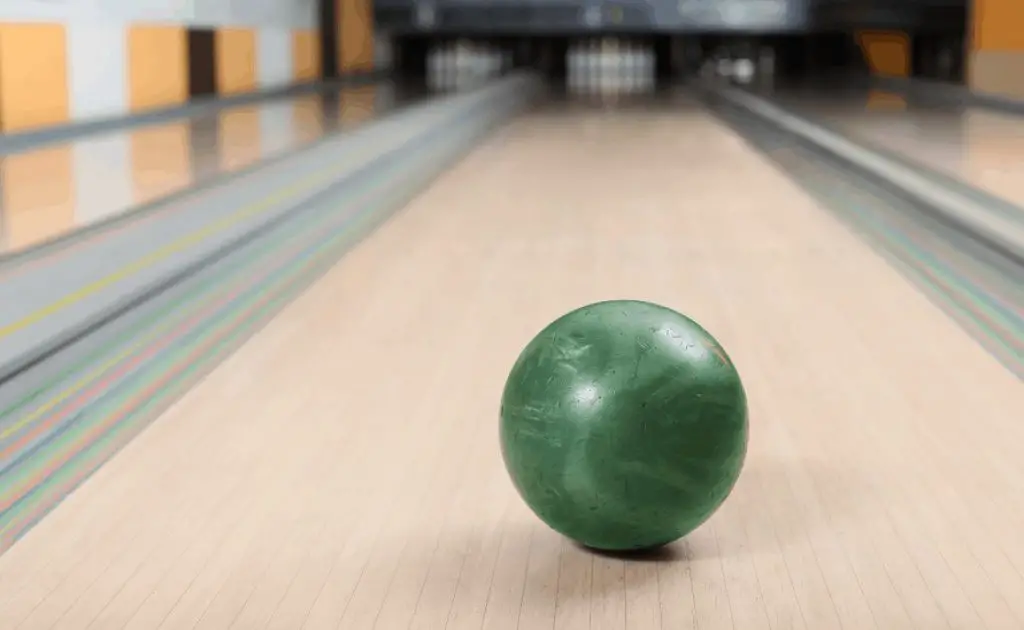
Lifespan
A solid urethane ball is built to last. Its cover is scratch and scuff-resistant.
The lifetime of a polyurethane bowling ball is its crucial advantage. With appropriate care, it can be used for 5 or even 10 years. It survives much longer than plastic or resin balls. Their lifespan is about 3-6 years.
An urethane bowling ball may accidentally break down, but it is durable enough and such cases happen rarely.
A bowler can extend its lifespan without any extra actions: rolling a ball on proper lane surfaces, and keeping it clean of each of the lane conditions will extend the lifespan of the urethane bowling ball.
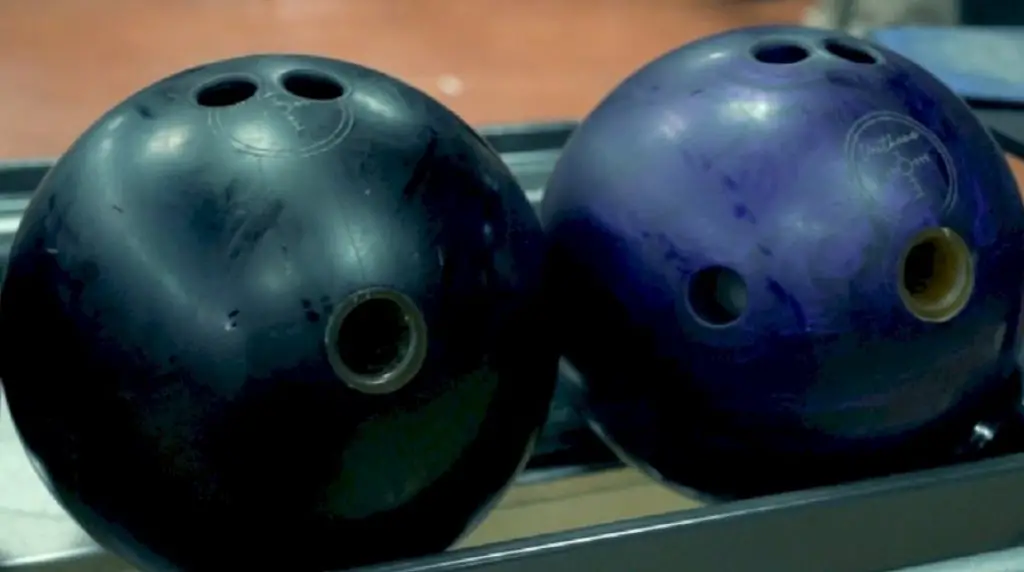
How to maintain urethane bowling balls?
Keeping the ball clean maintains its health, look, and performance. Make sure to wash your ball in microfiber wipes before the start and each game. Rolling the bowling lane the ball doesn’t absorb oil, but it collects dust and dirt, so careful cleaning prevents decreasing the speed.
Storing at home, use a simple soft cloth and mild soap to clean your bowling ball, or you can purchase a special bowling ball cleaner. Never use any harsh chemicals, as they might shorten the life of a cover.
Keep it in a cool, dry room to prevent the ball from cracking or breaking down accidentally. You may store it in a tournament bag. Pay attention to regular care to maintain its shape, beauty, and properties.
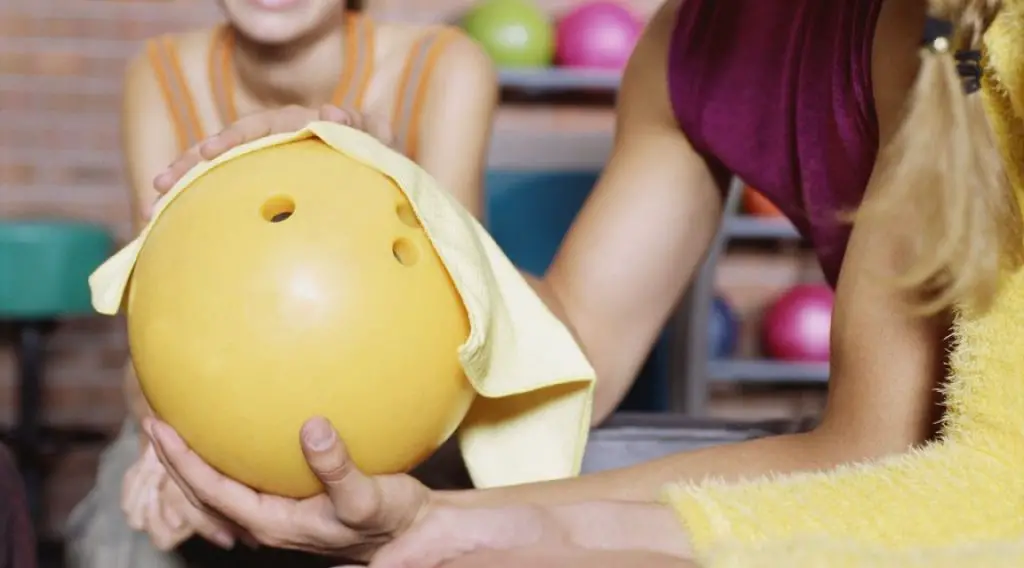
Urethane bowling balls versus other materials
Urethane is not the only material used for producing bowling wheel; polyester and resin bowling balls are popular among different-leveled players. Each type of reactive bowling vehicle has unique specifications to bowl a good game.
Urethane balls are versatile, they are durable, predictable, heavy enough, and can be used on medium to dry lanes by advanced bowlers and amateurs as well.
Choose the best bowling ball according to your style, skill level, and surface conditions.
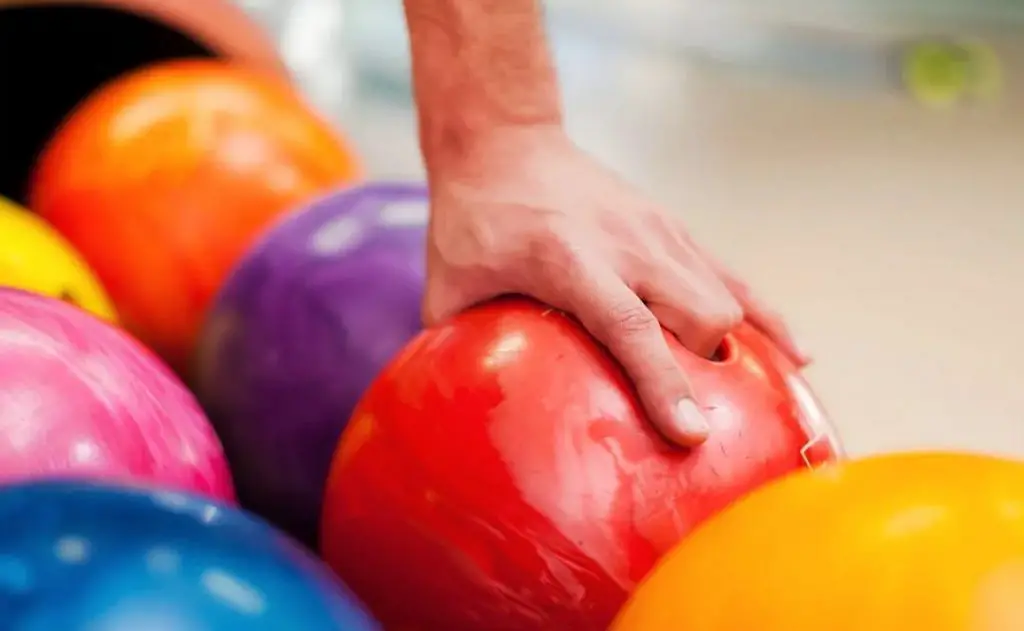
Plastic bowling balls versus urethane balls
Some years ago, plastic bowling balls were more popular than urethane bowling balls. They are produced in lighter weights that make them fit low-skilled players as well as women and children. But at the same time weight plays a bad role as a plastic bowling ball is not firm enough and can be easily damaged. Meanwhile, urethane balls last longer.
Unlike plastic balls, urethane balls give a lower hook capacity, while plastic has a higher hook capacity. Urethane bowling balls show less hook potential on dry lanes, placing the middle spot on the spectrum of oil absorption among other bowling balls.
Rolling plastic ball covers less board per lane and seems difficult to use the spin technique. A plastic ball serves well to throw shoots in a straight line more than to curve or spin.
The first bowling balls were made of plastic, and later rubber was chosen as the preferred material to manufacture bowling balls. Trials, practice, errors, and erratic balls led to reactive resin production. Makers just added reactive resin to the urethane. And bowling amateurs have a choice on bowling lanes to roll a plastic or resin bowling ball.
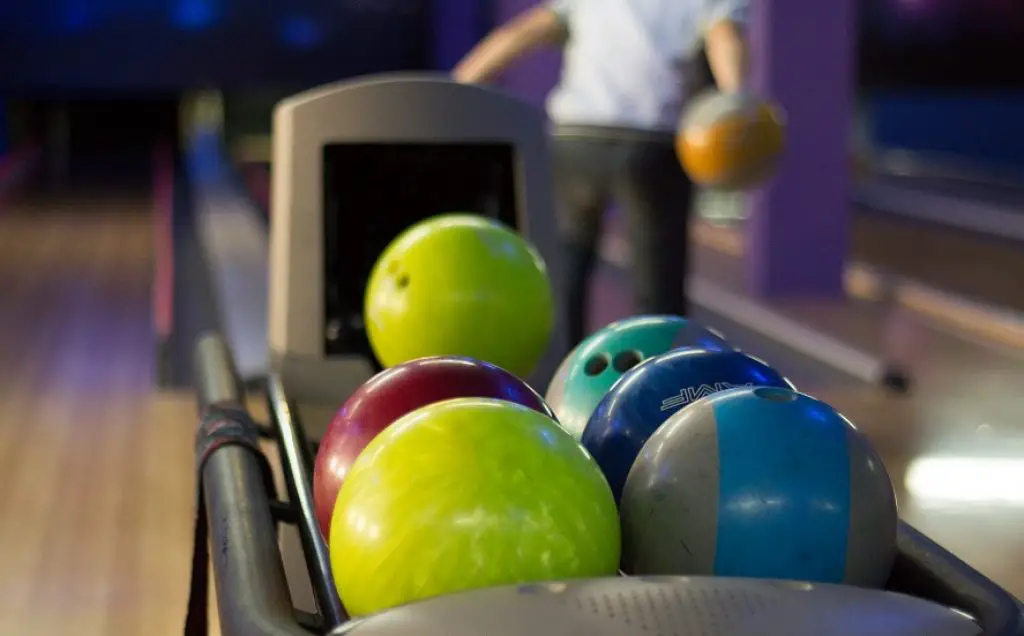
Reactive resin bowling balls versus Urethane ones
It may sound unbelievable, but a resin ball is produced of urea, while, urethane is produced of resin. These two types of bowling balls differ a lot from rolling bowling lanes.
Urethane balls are more durable, less twisted, less expensive, and have longer lifespans, unlike resin bowling balls.
An urethane bowling ball doesn’t have as much hooking potential as a reactive resin bowling ball, so rarely brings pleasure to the players who prefer to show their bowling style by curving the lane patterns. Reactive bowling balls offer bigger hook potential and aggressive back-end action. They cost more, and their lifetime is shorter than urethane balls.
The urethane bowling balls don’t absorb oil from the surface unlike resin balls, which due to their oil absorption require constant cleaning, but at the same time pores with absorbed oil create more friction in contact with the surface, more entry angles, and better carry.
The most significant advantage of a reactive resin ball is its weight block, which helps to maintain the strength of a ball while it moves down the road. The bowling ball transfers energy to the pins when it is required.
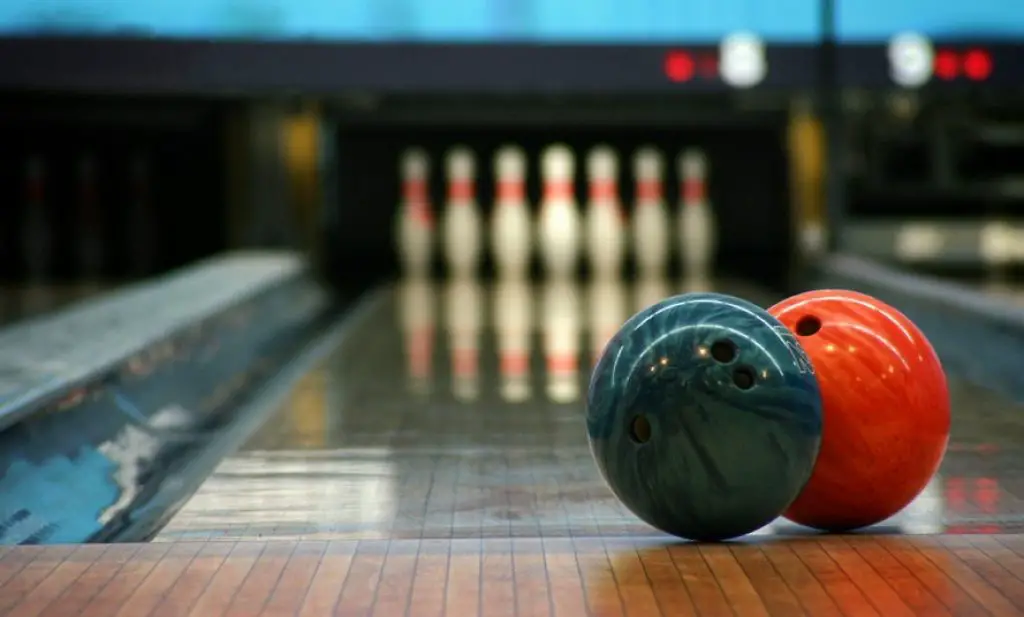
Which one to choose?
This might sound ridiculous, but some professional bowlers call urethane bowling balls controversial. Due to its extreme hardness and unpredictable action, urethane is banned in certain leagues. Some bowlers believe it creates unfair lane conditions and proposes intermediate players an unfair advantage.
Due to these complaints, in 1993 the United States Bowling Congress prohibited using urethane bowling balls. Some professional bowlers were angry cause excluding the urethane balls could give them a disadvantage. Quick rolling down the whole lane patterns helped to strike the pin.
Such urethane balls as the Purple Hammer or the Storm Bowling Thunder line involving the Pitch Black, an extremely firm urea ball, which run quicker on drier surfaces of the lane to earn more points as a spare ball.
Purple Hammer is not the only company accused of producing balls that do not correspond to USBC norms. Despite the obvious evidence of cheating, the USBC excluded urethane bowling balls from competitions.
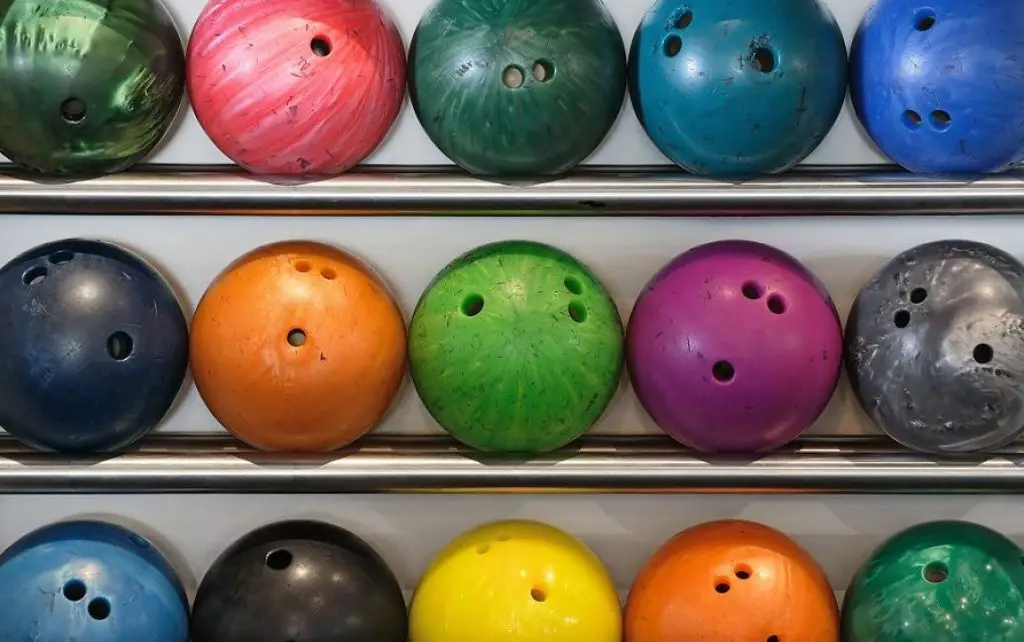
Why are urethane bowling balls controversial?
Polyurethane bowling ball suggests more hook potential than others which makes not desirable among competitive bowlers, they consider it as an unfair advantage. Many players voted for excluding such bowls from many leagues band the US Bowling congress fulfilled the requirements, moreover such durable material failed the pre-tournament hardness test.
The extraordinary hook potential might damage the surfaces if urea vehicles are used not on dry lanes. The PBA established new regulations to prevent the use of urethane balls at official competitions. Anyway, urethane is still the most preferred material for bowlers on dry lanes.
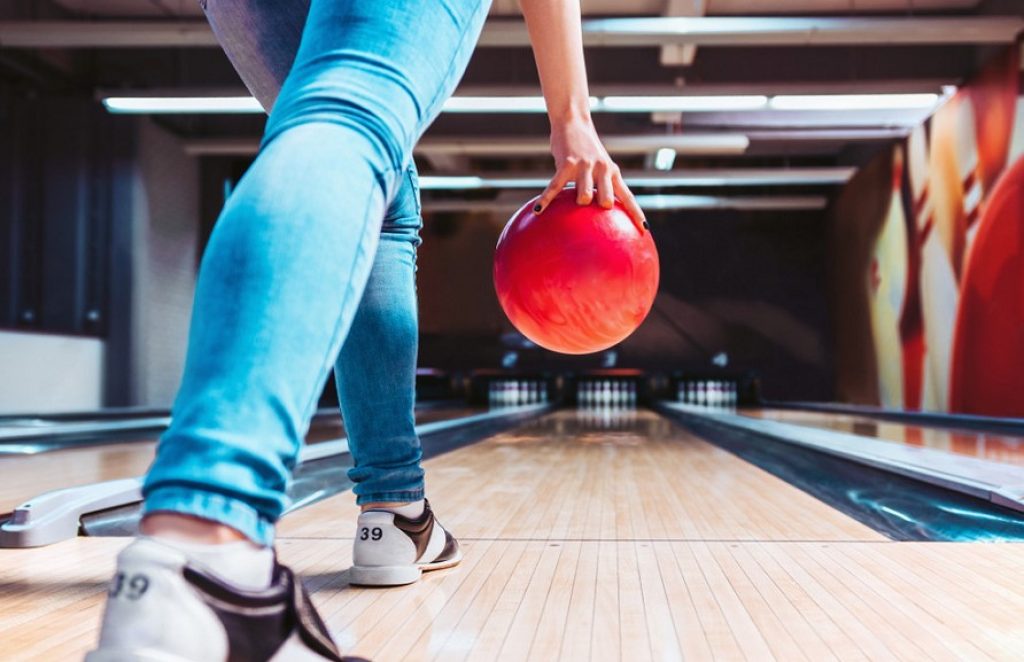
Good points about urethane bowling balls
Polyurethane bowling balls might perform better than other bowling balls due to their ability to slide further before hooking on dry lanes. Urethane bowl has bigger surface friction than other balls of the same type. It is more durable and last longer. Easy to handle thanks to its weight and gives lesser deflection.
Many urethane balls are good to be used on oily lane surfaces due to their ability not to absorb oil as other bowls do. The high oil resistance makes them also perfect for the oily front parts of the path. This potential helps to create friction between the ball and the surface to increase hook potential in correct lane conditions.
Such balls suit for any lane condition and suitable for intermediate to advanced bowlers. They are perfect for learning tricks and for long-term bowling sessions. I suppose every bowler have ever played with an urethane ball in the bowling career.
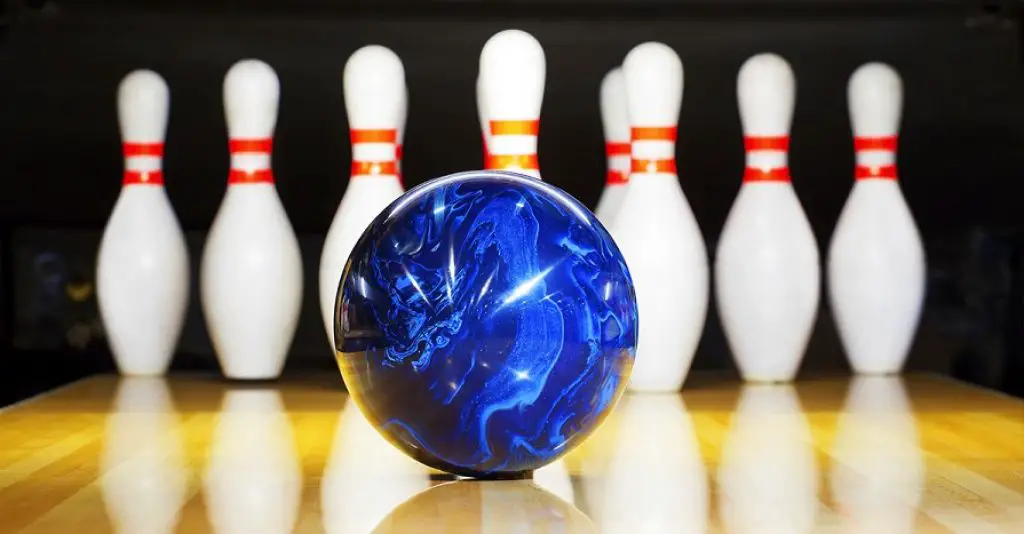
Bad points of urethane bowling balls
Well, I believe that urethane bowling ball has more cons than pros. They are cheaper and have less curve ability than plastic or resin balls, but it is more than enough to lead a competitive, attractive game.
So, I would tell that predictability might be their bad point. Polyurethane balls are complicated to control due to their ball reaction and, with more force, can easily damage the surface.
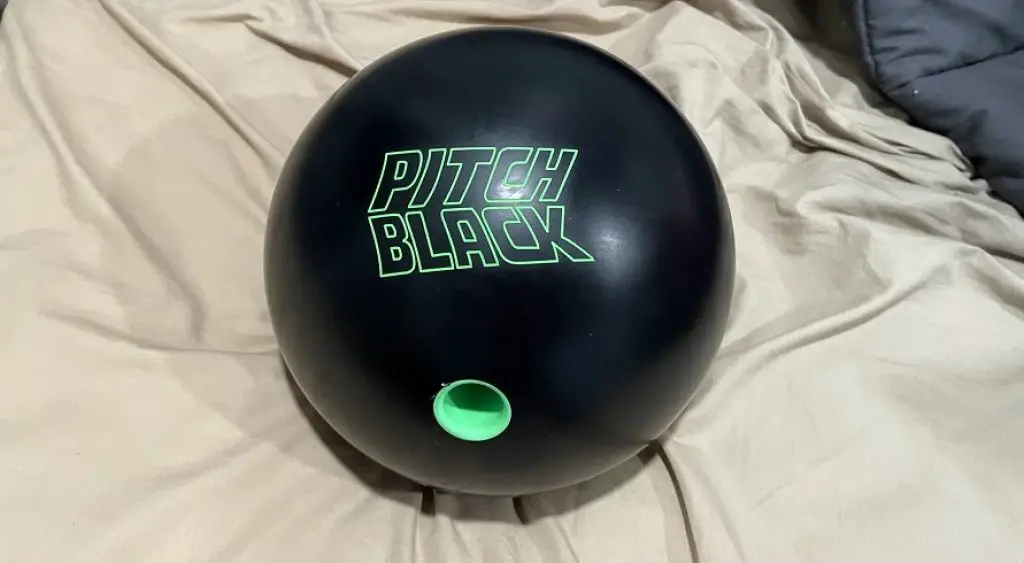
Is urethane bowling ball good for dry lanes?
Yes, many urethane balls behave extremely well on dry lane surfaces thanks to their unique specifications. Their smooth and firm coverstock prevents oil absorption that decreases hook potential and provides straight shots. This property proposes as much hook potential as plastic or resin balls cannot offer.
Which ball is the best? It might be the most appropriate ball for a dry lane cause its cover avoids picking up as much oil as needed to avoid early hooking and helps to slide the lane longer.
When should I use urethane?
No matter you are a starting bowler or an intermediate one, keep in mind that the right bowling ball for dry lanes is one made of urethane. Roll it several times, you learn how it acts and what the increased friction is. Adding more force works unpredictably, but with careful action, the ball will move in the direction you choose to throw.
You can use polyurethane vehicles to get extra points, to master your skills on dry lanes doubtless.
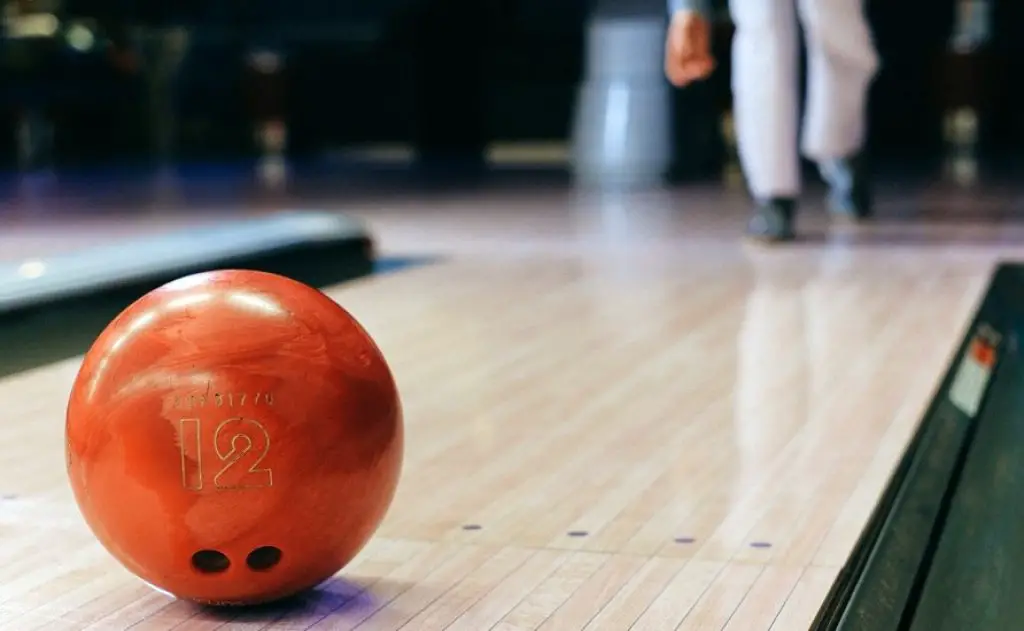
Why is PBA banning urethane bowling balls?
The recent news from PBA claims that the use of urethane balls older than 2 years is illegal. Bowlers on the PBA National Tour may still roll urethane bowling balls, but only at the mentioned age. Earlier USBC banned 6 types of bowling balls, but they are still allowed in the competitions, as for PBA, those balls are not under prohibition.
The PBA signed a 2-year shelf-life rule on all urethane bowling balls after a constant controversy around the hardness and the “unfairness” of urethane bowling balls.
According to the PBA’s new requirements, urethane bowling balls are not produced anymore, but they are still used on bowling lanes by bowlers.
Is a urethane bowling ball good for spares?
Yes, it can be used for spares. It might bring profit in repairing spare parts. Polyurethane filler suits the best if you would rather not use plastic balls for spares, or employ extra space in your bag, as it can be used as a versatile piece of equipment.
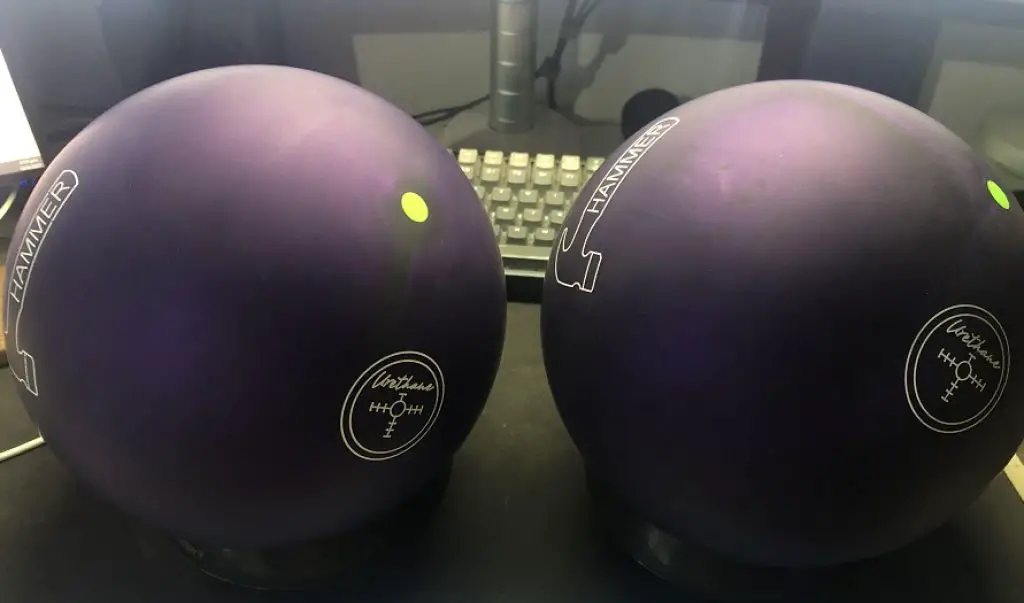
Conclusion
Urethane bowling balls present superior motion on dry lane surface, but are complicated to control. But if you adopt their properties and action, you will show the highly skilled game and use urethane as a heavy weapon to win. We are sure you can enjoy the pleasure of bowling with an urethane ball thanks to it ideal cover.
